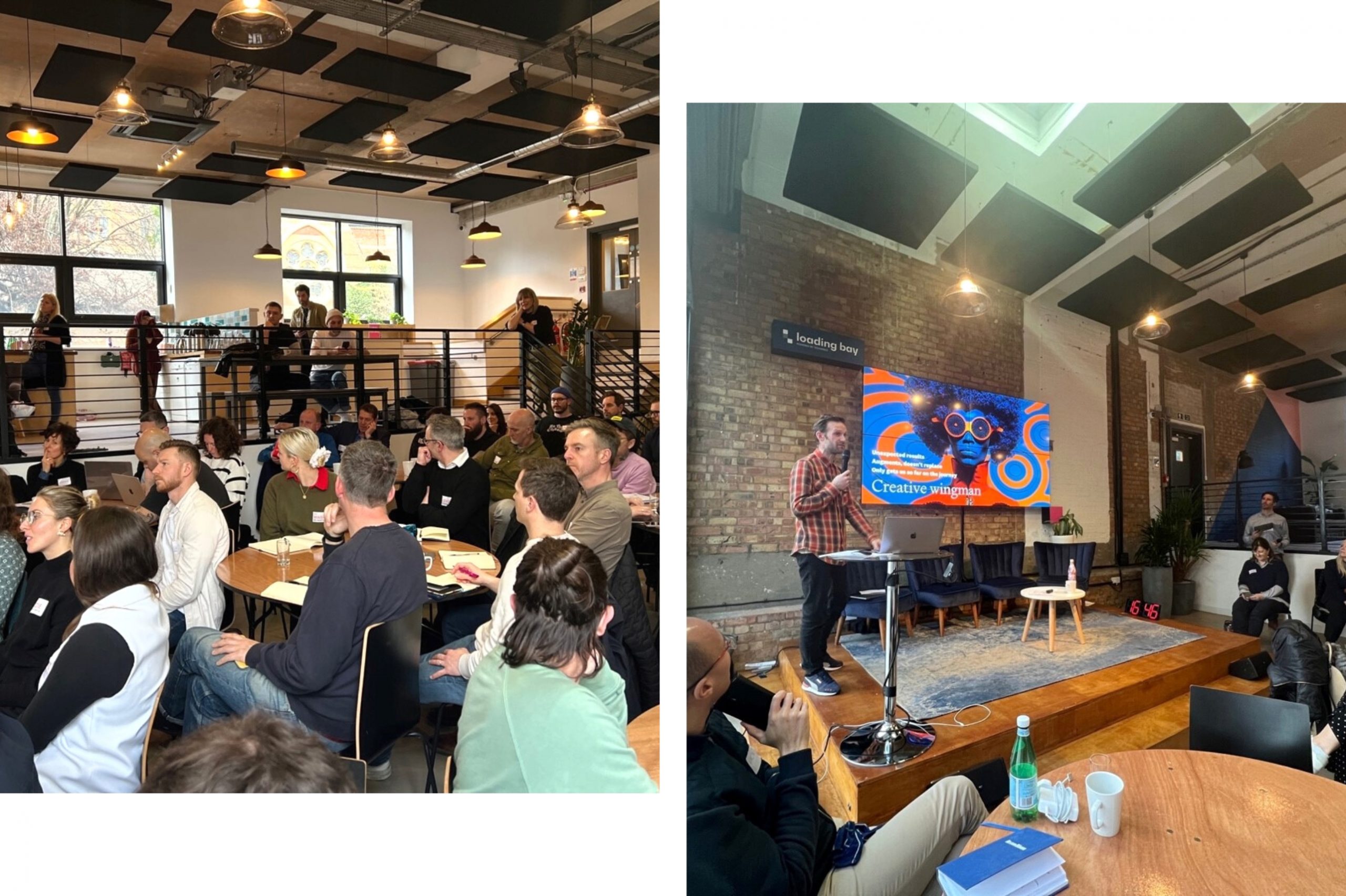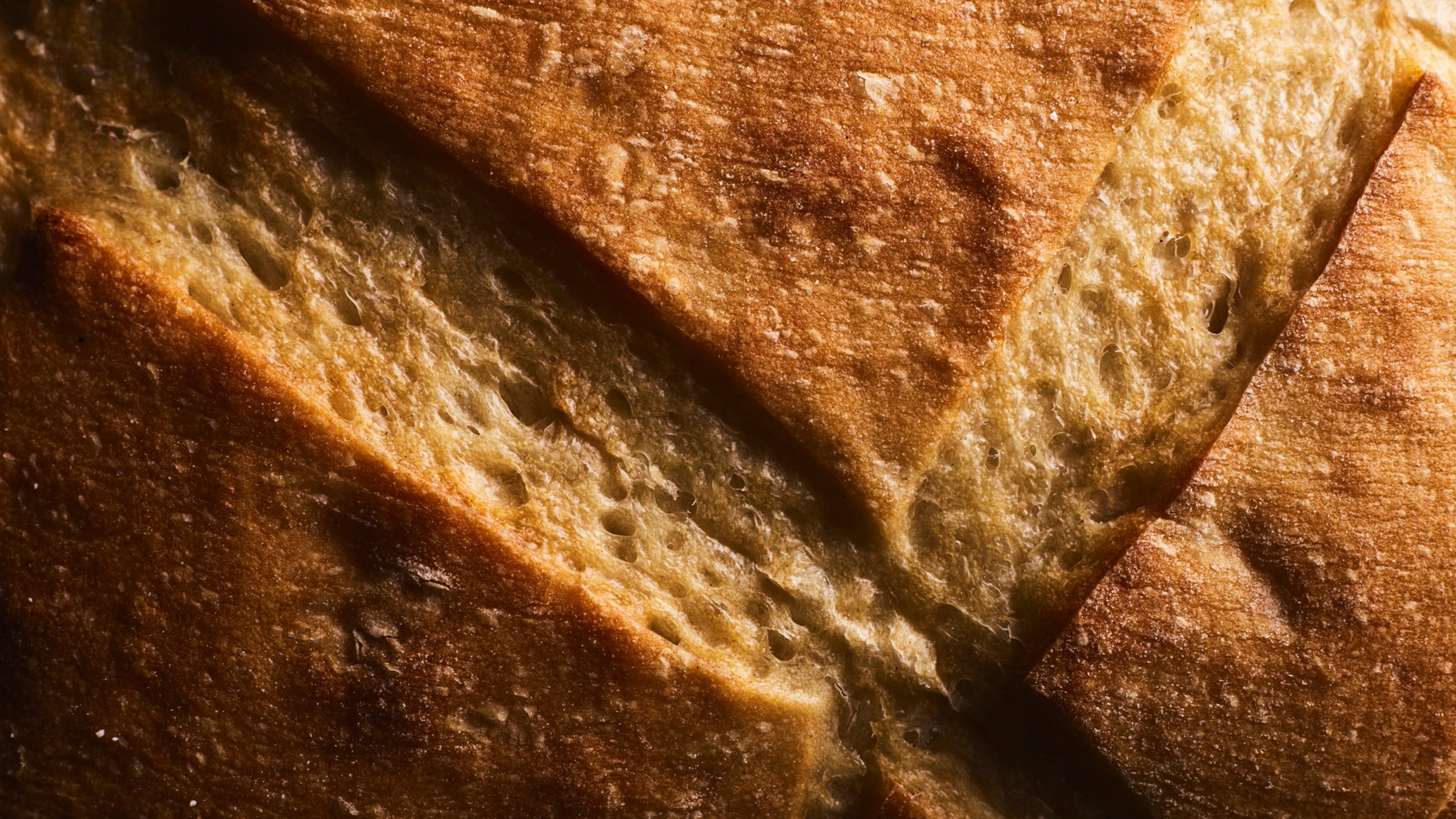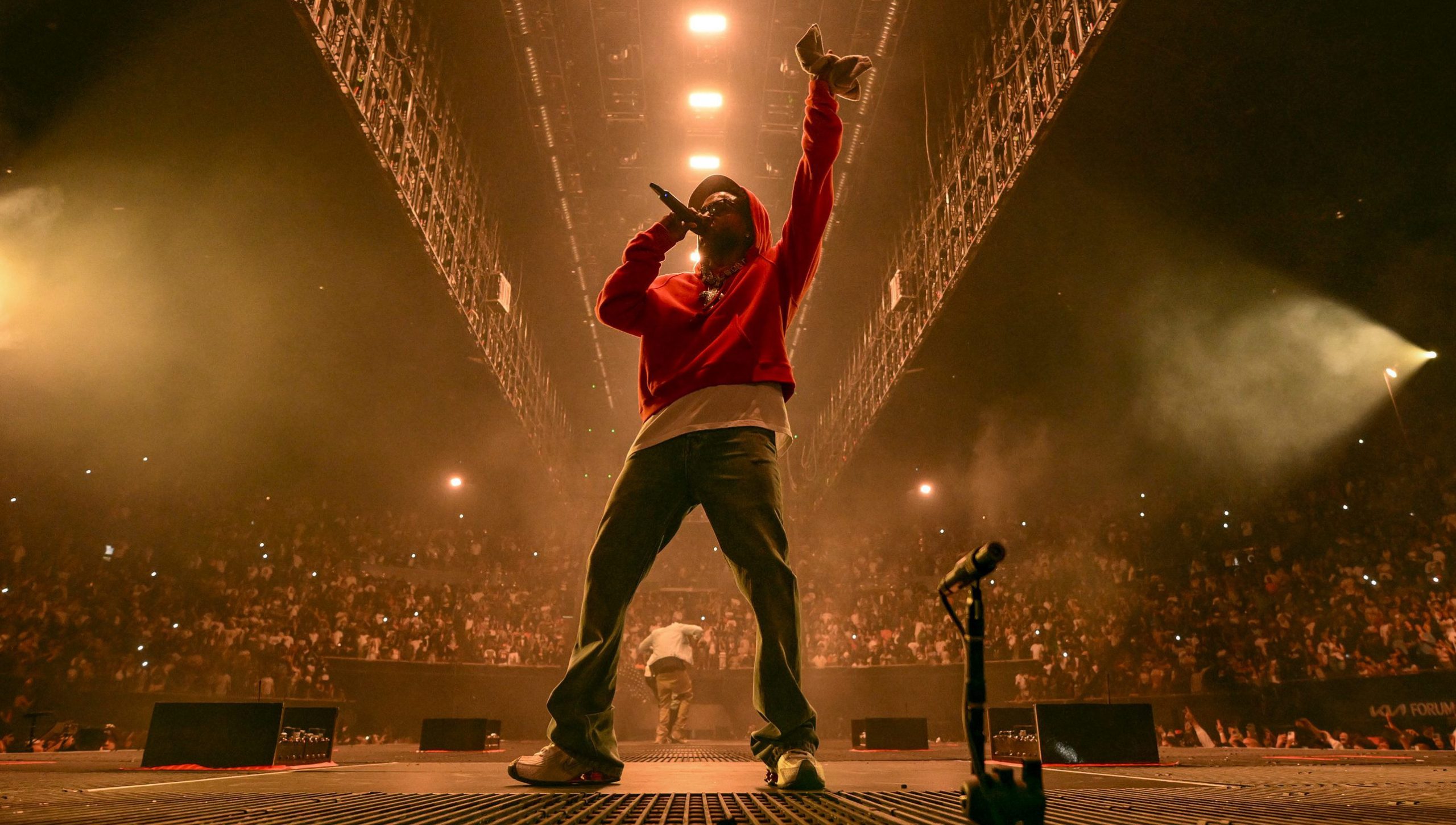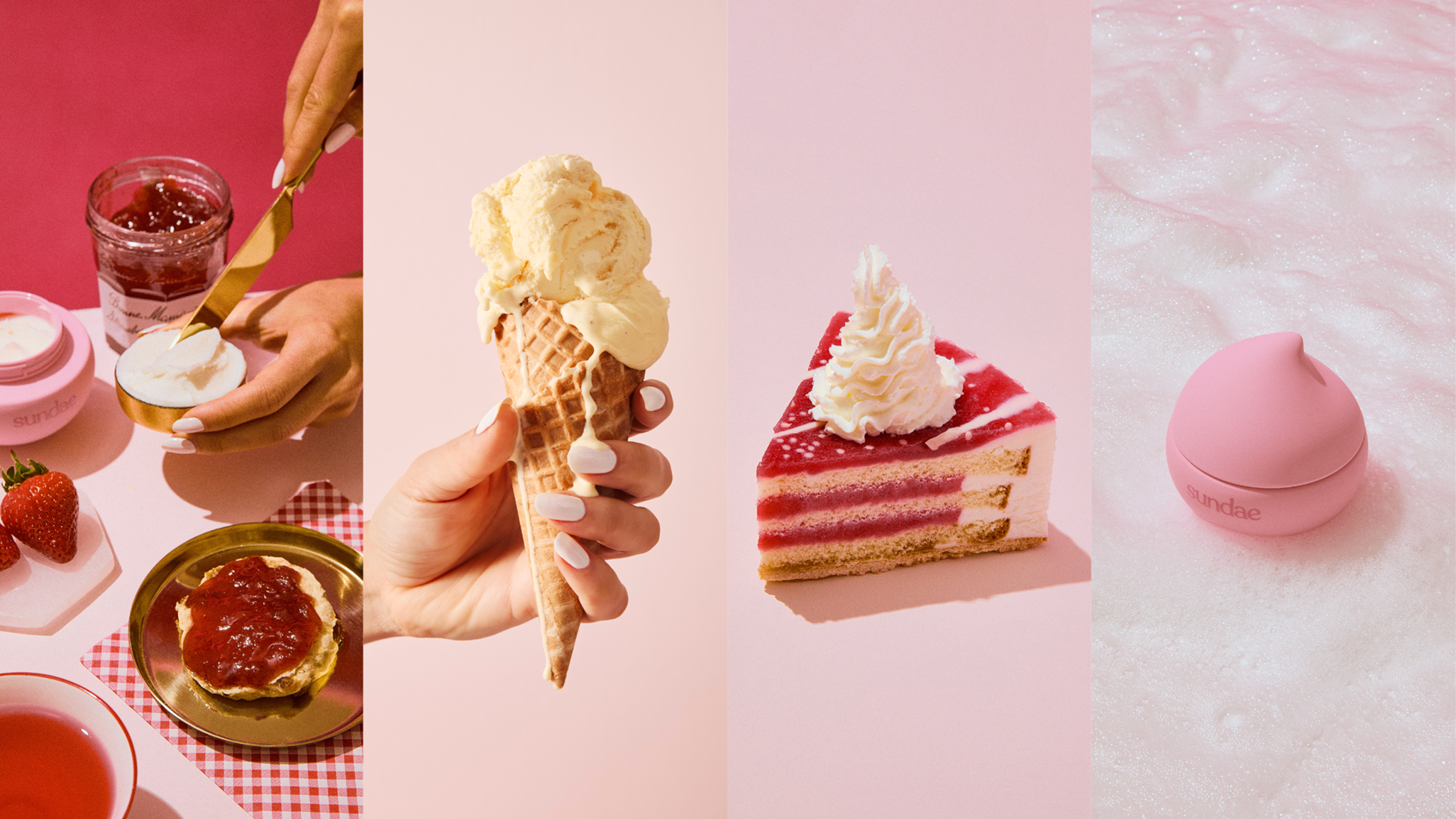How AI tools are revolutionising workflows
Our Head of Creative, James Pierechod, attended “The Robots Are Coming” last Friday; an Agency AI Conference from Agency Hackers.
On his return we sat down with him to chat about the topic.
Here’s what he had to say.
About this post
Published
Author
March 21, 2023
Maite Gonzalez
What is your experience with generative AI, and what specific tools or techniques did you bring to the discussion?
We’ve been working with Generative AI for about 18 months now – and we’ve tried ’em all at one time or another, there is so much opportunity and variety. In the early days, we were jumping from platform to platform exploring multiple options, taking advantage of the ‘fledgling industries’ approach to various features.
Powerhouse eventually settled with MidJourney for the content generation and stable diffusion for control, iteration, and bespoke dataset modelling. MidJourney (MJ) has such an engaged and supportive community of creators – it’s easy to see why it’s one of the most popular platforms in the space.
We recognised early that we’re all working at the bleeding edge of discovery here. The datasets, platforms, and potential commercial and creative opportunities are just being realised for this technology – and at such a rapid pace! With a world of infinite creative possibility it could be easy to “get distracted”. So (save from a few nights of aimless prompting) we focused our additional in a single direction. Our industry (FMCG), and more particularly, how we can use the technology, capacity, and capabilities to support creative growth in our industry. We wanted to talk about our experiences, discoveries, and commercial implementation with MJ and an AI Creative angle.

What are some of the benefits and limitations of using generative AI in the creative process, and how do you balance the role of technology with human creativity?
If you had asked me this question 3 months ago, I would have said it’s just a tool. BUT, I think this needle is changing on a daily basis. Each iteration of the training, and the skill and dexterity of the prompt knowledge allows for the results to be better and more “predictable”.
It’s like the early days of SEO. We work with an ‘algorithm’ – and how to talk to the machine to get what we need.
It’s becoming more of a conversation and less robotic then ever before – which means that the inputs can be a little more fluid, not peppered with technical titbits and jargon. So, this makes it more than just a tool.
At Powerhouse, it’s part of our creative process now. It’s just another creative in the writers room. It’s a search tool, and an inspiration platform. It’s used to generate assets, iterate on ideas, and even to create animatics. But more than that. We’re looking beyond the ideas and colours and onto the set. We’re using this as a tool for creating environments, sets, and spaces to use in our Virtual Production pipeline.
Having more creative and compositional control over the content allows us to use this to fill gaps. Where context demands a particular demographic personalisation, we would have only been able to service this with locations, physical set builds or virtual CG environments. This opens another creative door.
By iterating on the prompts, and using specifically trained datasets we can control sooooo much of the imagery that we can actually use it to generate shootable sets in AI! We can move light direction, change time of day, even removing or altering props and composition.
This is a really powerful creative companion. But it’s still working with us. Generative AI is like an illustration, a storyboard, an idea, or a CGI environment. It’s nothing without the creative that creates it… or uses it.
What were some of the most interesting or surprising insights or findings that came out of the event?
One of the biggest takeaways for me was listening to how the others are using it. This was a room of agencies, creatives, and strategists and we’re all in the same boat. We are all exploring, learning, and trialling this together – and we’re all at the same position (we’re all becoming ‘AI Whisperers’ according to Matt Garbutt from Brave Bison).
We can see that this WILL feature in our briefs, pipelines, content strategies, and outputs over the next 6 months, but we are just figuring out what it will look like – and how it might work. I mean the world has gone mad for AI in the past 6 months with every business, blog, and news article promoting something ‘now featuring AI’, so it was hard to restrict the conversation to generative AI (content creation). Vincent Sider from GetInference spoke about where this burst of AI innovation came from, and how this is an opportunity to implement and engage with AI tools across the agency pipeline. The process map is ripe from disruption.
We heard from Proof Contents’ Charli Hunt and Chris Wright about the changing landscape of written content creation and journalism at large. Oh, and in 20 minutes created a very dodgy novel about “Putin’s left foot”.
It was interesting to hear from Revere agency on how they are using Generative AI content on a huge (pixel) scale. They’re using MJ and upscaling AI tools to create Event graphics that were over 3 metres high! They were then animating these to create section bumpers and actions throughout – really useful to see other agencies looking at how Generative AI can be used at large virtual scales!

What advice do you have for creatives who are interested in using generative AI in their work, and how can they best leverage this technology to enhance their creative output?
There is a very poignant (and overused) quote in the AI circles from Santiago that says: “AI will not replace you. A person using AI will”. But this is probably true from a certain perspective! AI is woven into the fabric of our tools, our creative process, and soon our universities, academies, and schools. This will not be a barrier to entry, it will be a springboard of opportunity for the younger generation.
Having said that, it’s clear that unfocused inspiration can be intimidating for younger creatives. You can use MJ to create anything! So, how do you know what to create? This is where the skills and approach taught over years to experienced creatives comes in. But together… We’re a powerful creative force!
How do you see the role of generative AI evolving in the years to come, and what innovations or advancements do you anticipate in this space?
This is a difficult question to answer. We are talking about an industry that has appeared and established itself in everyone’s vernacular in under 12 months. We’ve seen the output go from a vague representation of a flower to a beautiful realistic bouquet of flowers in just 6 months! This evolution is incredible. What’s next is fairly predictable. Video. We want to train our own datasets, model our own creative, and start creating consistent imagery sequences to make videos!
We’re using AI voices, AI generated music, and playing with AI animation tools! but one thing remains the same. We are the creatives that generate the ideas, we are composers, the curators, and the artists.
We turn the challenge into a solution.
How do you see the ethical considerations surrounding generative AI, and what steps can we take to ensure that this technology is used responsibly and ethically?
All of the platforms are trained on datasets generated by our content spheres. We feed it what it sees, so its on use to help give context and reason to what the AI understands. We can still see a heavy bias in many areas of diversity and inclusion. So, the only thing we can do is retrain the models. Feed more data and more unbiased representation into the model to help redress the balance. It’s a known issue – but something that is difficult to correct. We can’t code this out, it’s not a bypass – it has to be trained out at the modelling level.
In summary, what are your top 5 takeaways from the Conference?
- We’re all learning to use this technology at the same rate. We’re still early (believe it or not) to the party.
- Generative AI in marketing content strategies is inevitable. We are past the point of no return here, adapt and evolve.
- AI is not just for the creative teams. We’re going to be integrating AI across the entire pipeline – from aquisition to post analysis.
- We are not ready for video yet. It’s close – really close! But we’re not there yet.
- AI is not replacing creatives, or marketing – it’s changing how and what we do, but not replacing us.





